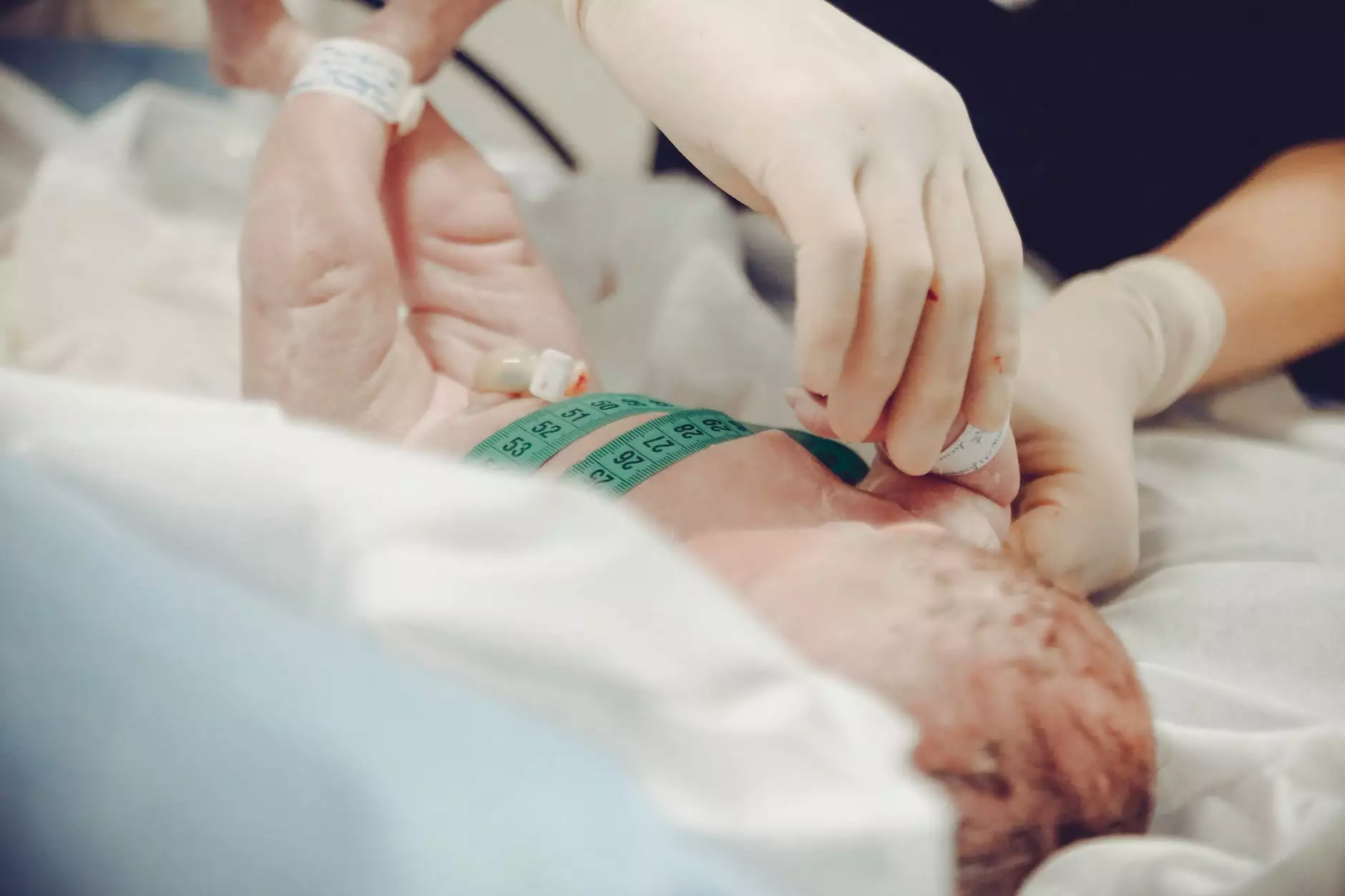Knock Knees - Foley James D MD

Introduction
Welcome to the Knock Knees page at Foley James D MD. We are your trusted source for information on various health conditions and their care. In this article, we will discuss knock knees, including their causes, symptoms, and available treatment options. As a leading health professional, Dr. Foley provides comprehensive information to help you better understand this condition.
What are Knock Knees?
Knock knees, medically known as genu valgum, is a condition characterized by an excessive inward curvature of the legs, causing the knees to touch each other while the feet are apart. This condition can be observed in both children and adults.
Causes of Knock Knees
The exact causes of knock knees can vary, and it's often a combination of factors. In children, knock knees are commonly seen during the growth and development phase and tend to improve over time without any specific treatment. Other causes may include:
- Genetic factors
- Underlying bone disorders
- Injuries to the legs
- Obesity
- Rickets
Symptoms and Diagnosis
Knock knees can manifest with several symptoms, such as:
- The knees touch or almost touch each other while standing with the feet apart
- Difficulty walking or running
- Knee or joint pain
- Joint stiffness
- Visible changes in leg alignment
If you or your child are experiencing these symptoms, it is advised to seek a consultation with a healthcare professional for an accurate diagnosis. The diagnosis typically involves a physical examination, medical history review, and in some cases, additional tests such as X-rays or blood tests.
Treatment Options
The treatment for knock knees depends on various factors, including the individual's age, severity of symptoms, and the underlying cause. Treatment options may include:
1. Observation and Monitoring
In some cases, knock knees may improve naturally over time without any specific intervention. Regular monitoring by a healthcare professional is recommended during the observation period.
2. Exercises and Physical Therapy
Specific exercises and physical therapy can help strengthen the muscles around the knees and improve leg alignment. A trained physical therapist can guide you through suitable exercises tailored to your condition.
3. Orthotic Devices
In certain cases, orthotic devices such as braces or shoe inserts may be recommended to support leg alignment and reduce any discomfort or pain associated with knock knees.
4. Surgical Intervention
Surgery is usually considered as a last resort for severe or persistent cases of knock knees that do not respond to other treatments. The surgical procedure aims to realign the leg bones and restore proper leg alignment.
Prevention and Self-Care
While knock knees may not always be preventable, certain measures can help maintain good leg alignment and overall joint health. These include:
- Maintaining a healthy weight
- Performing regular exercises to strengthen the leg muscles
- Wearing supportive footwear
- Practicing good posture and body mechanics
Consult with Dr. Foley
If you or your child are dealing with knock knees and seeking professional advice, we encourage you to schedule a consultation with Dr. Foley. With his expertise and experience in treating various orthopedic conditions, he can provide personalized guidance and develop an appropriate treatment plan tailored to your specific needs.
Conclusion
Thank you for visiting the Foley James D MD Knock Knees page. We hope this comprehensive article has provided you with valuable information about knock knees, including their causes, symptoms, and treatment options. For further assistance or to schedule an appointment, please don't hesitate to reach out to our knowledgeable team.




